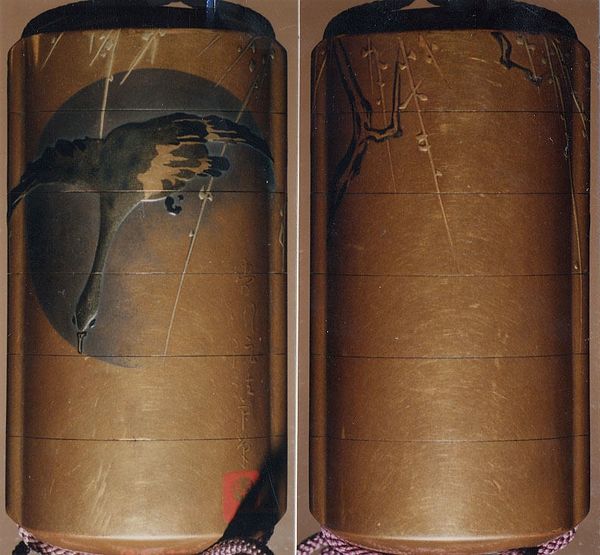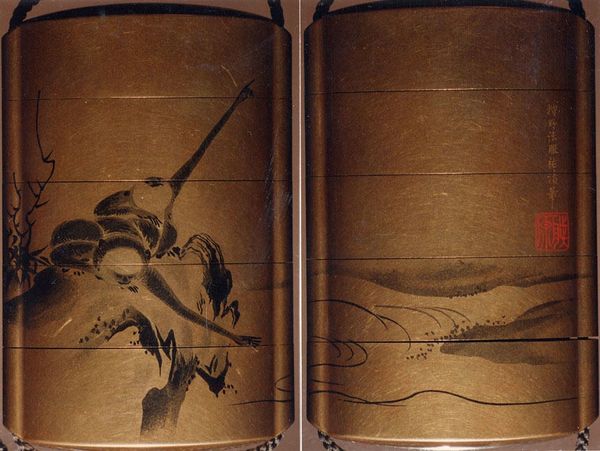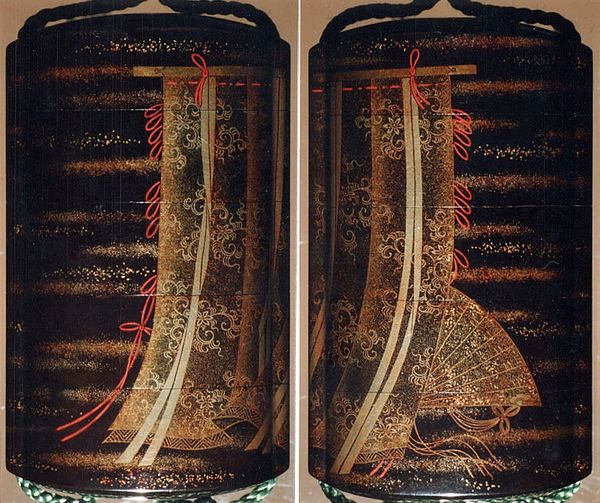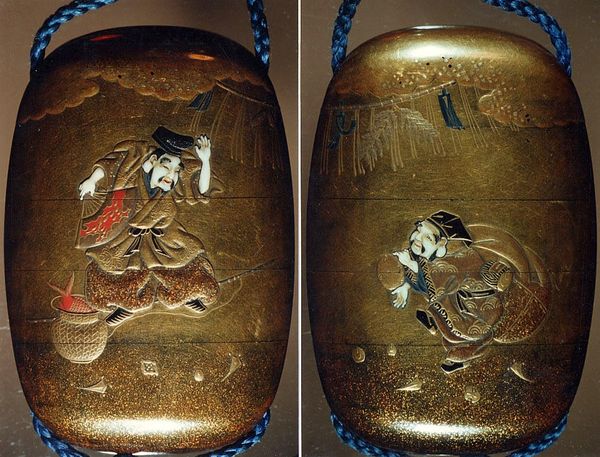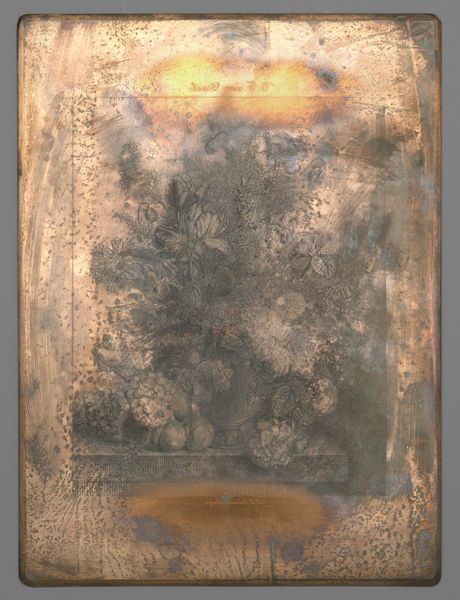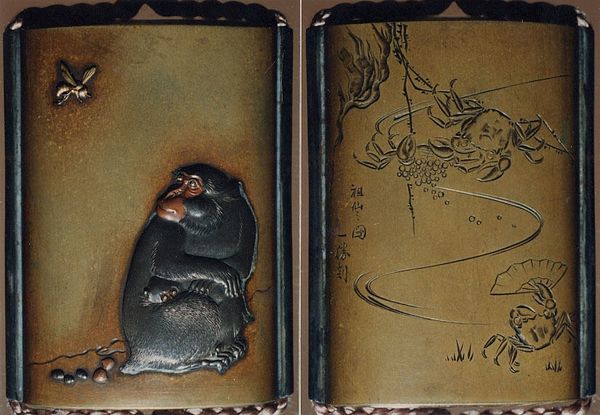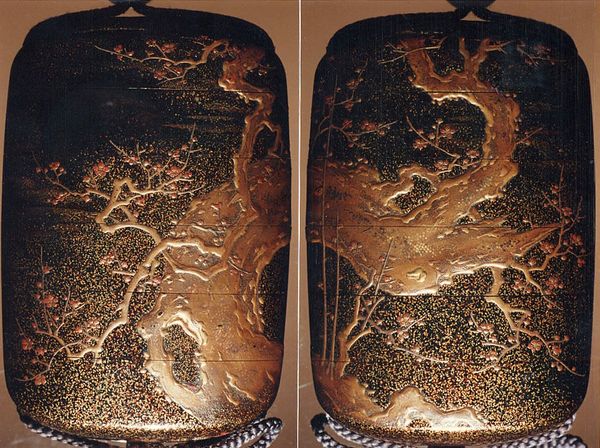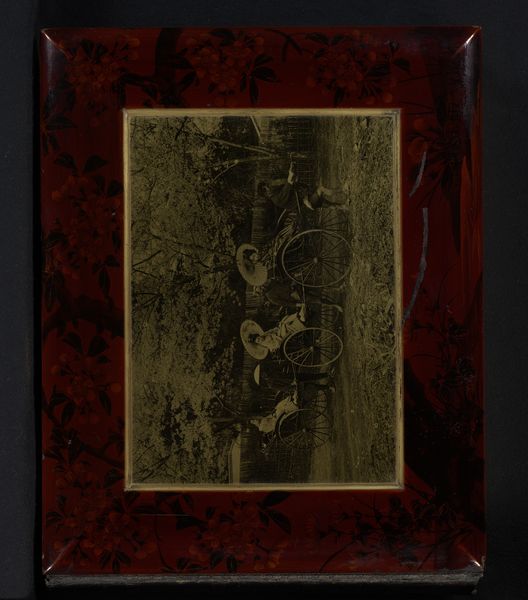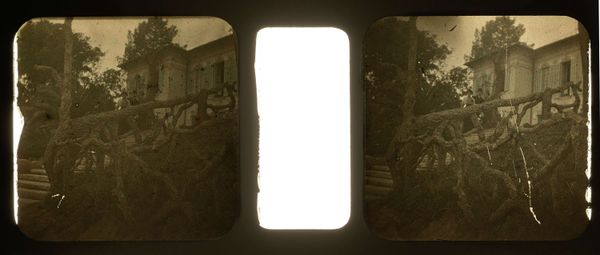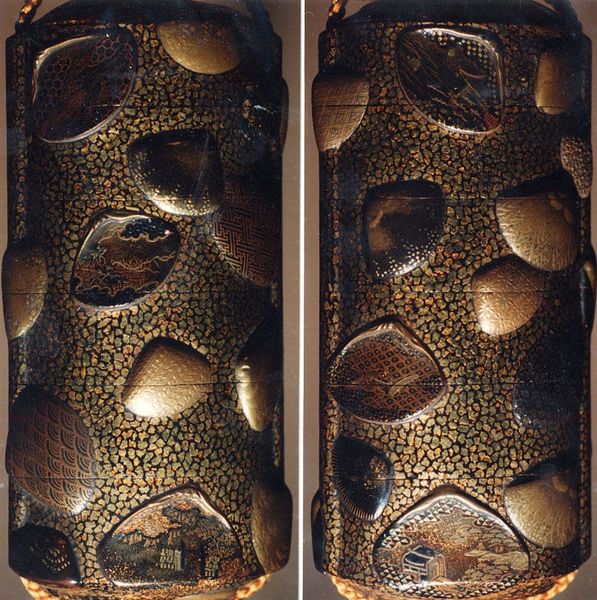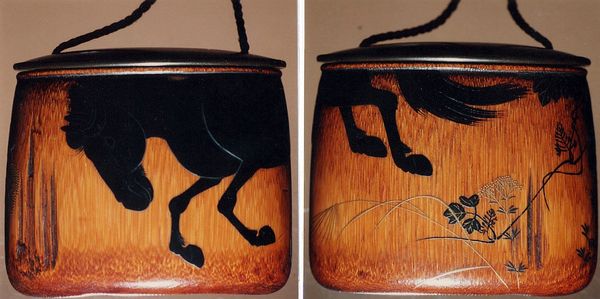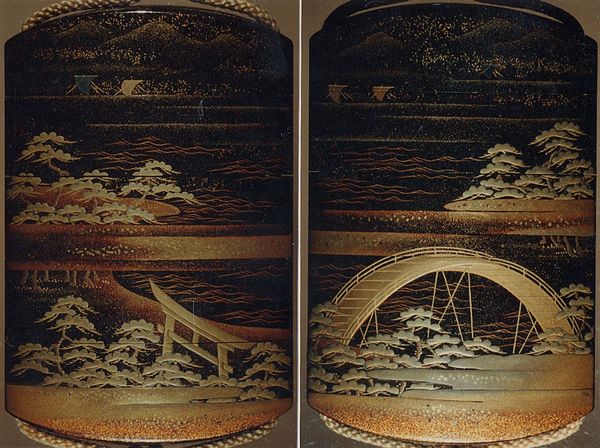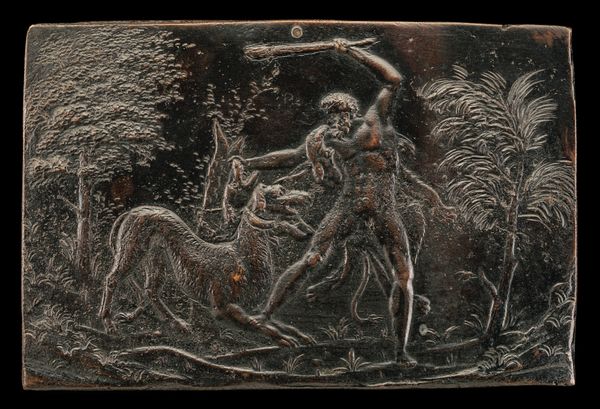
Case (Inrō) with Design of Momotarō and Dog on the way to the Island of the Devils (obverse); Monkey with Pheasant (reverse) 19th century
0:00
0:00
carving, relief, sculpture, wood
#
carving
#
narrative-art
#
sculpture
#
dog
#
asian-art
#
relief
#
japan
#
sculptural image
#
figuration
#
sculpture
#
orientalism
#
men
#
24_meiji-period-1868-1912
#
wood
Dimensions: 3 13/16 x 1 7/8 x 1 in. (9.7 x 4.7 x 2.6 cm)
Copyright: Public Domain
Editor: This is a 19th-century Inrō, a kind of traditional Japanese case, adorned with Momotarō imagery and attributed to Kogyoku Tokayo. Carved from wood, it’s divided into two scenes featuring Momotarō and his animal companions. It strikes me as a remarkable demonstration of storytelling in miniature. How do you interpret this piece, especially concerning its place within its time? Curator: Well, this Inrō isn’t just a decorative object; it’s a cultural artifact deeply embedded in the socio-political context of 19th-century Japan. Momotarō, a popular folk hero, would have resonated powerfully. How do you think his story functioned at the time? Editor: I guess Momotarō, with his strength and bravery, symbolized national ideals. The Meiji period was all about modernization and strengthening Japan's identity, right? Curator: Precisely. The choice of Momotarō reflects the Meiji government's agenda: a hero who conquers demons, echoing the era's push to overcome perceived foreign threats and internal obstacles. This object normalizes ideas around hierarchy and 'appropriate' foreign relations at that time. The intricacy of the carving would also signal a level of wealth and refinement—serving what social purpose, do you think? Editor: It served as a status symbol. To have something this elaborate demonstrated financial success, and because it was linked with a patriotic narrative, signaled their loyalty, right? Curator: Exactly! And it's fascinating to consider how this narrative is consumed differently today. What we interpret as artistry, back then might have had immediate political connotations. Do you see any indications about its place of exhibition or public display at that time? Editor: Not really. All I can imagine is some important figure hanging it on his belt. This inro's political dimension certainly changed my appreciation. Curator: Indeed. It’s a reminder that art never exists in a vacuum; it reflects, reinforces, and sometimes even challenges the power structures of its time.
Comments
No comments
Be the first to comment and join the conversation on the ultimate creative platform.
